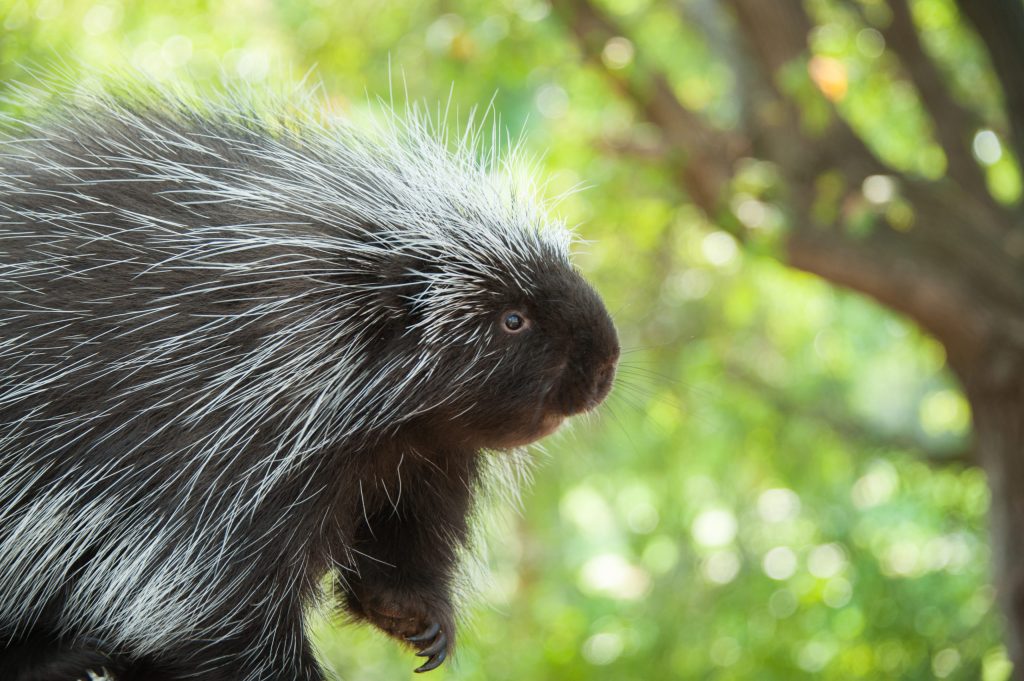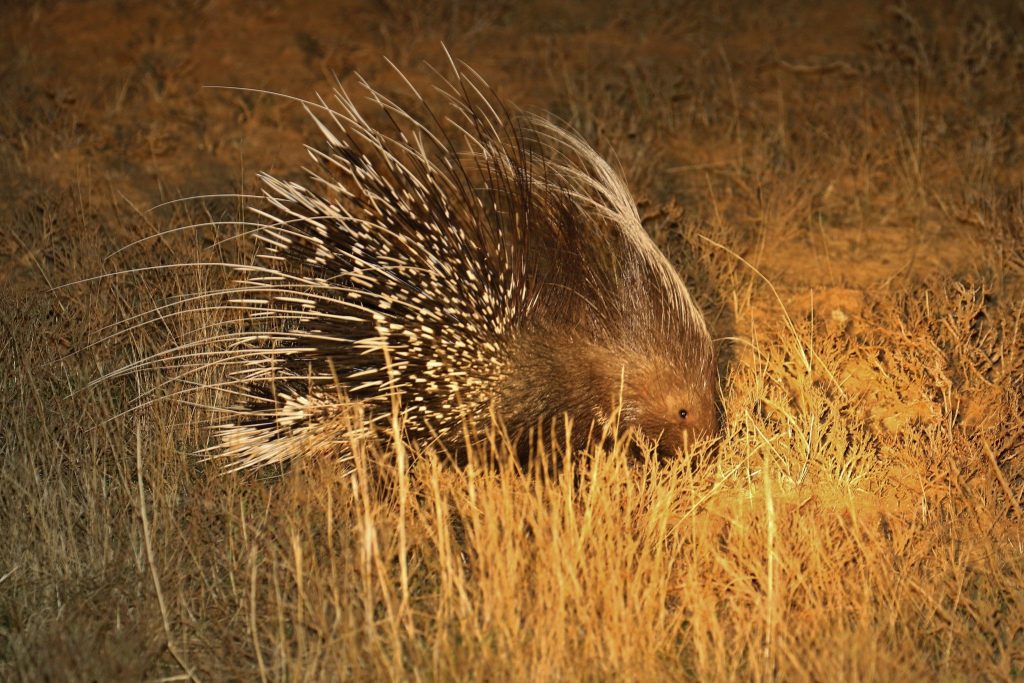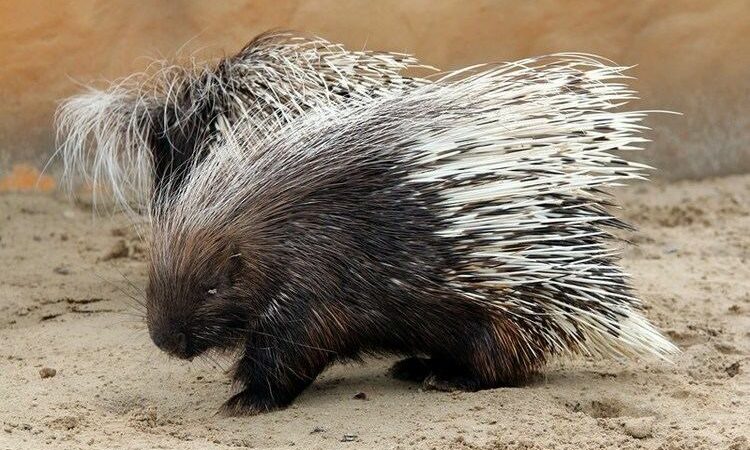Porcupines are fascinating creatures that play a crucial role in the ecosystem. In this detailed description, we will explore the various aspects of their role, including their diet, behavior, habitat, and ecological significance.
Porcupines are large, herbivorous rodents that belong to the family Erethizontidae. They are known for their sharp quills, which cover their bodies and act as a defense mechanism against predators. There are several species of porcupines found across different regions of the world, including North and South America, Europe, Asia, and Africa.

Diet:
Porcupines are primarily herbivores, feeding on a variety of plant materials. Their diet consists of bark, twigs, leaves, stems, fruits, and even roots. They have strong, chisel-like incisor teeth that help them gnaw through tough plant matter. Their preference for certain plant species can have a significant impact on the local vegetation, shaping the composition of plant communities in their habitats.
Behavior:
Porcupines are mostly solitary animals, with each individual occupying its own territory. They are primarily nocturnal, meaning they are most active during the night. During the day, porcupines rest in dens, which can be found in rock crevices, hollow trees, or underground burrows. They are excellent climbers and spend a significant amount of time in trees, where they forage for food and seek shelter. Porcupines are also highly adaptable and can thrive in a variety of habitats, including forests, grasslands, and deserts.
Quills and Defense Mechanism:
One of the most distinctive features of porcupines is their quills. These specialized hairs are modified with barbs or microscopic backward-facing barbs that make them difficult to remove once embedded in the skin of a predator. When threatened, a porcupine will raise its quills, making itself appear larger and more intimidating. If an attacker persists, the porcupine will lash out its tail, aiming to strike the predator with its quills. Contrary to popular belief, porcupines cannot shoot or throw their quills, but the barbs easily detach upon contact, remaining embedded in the predator’s skin. This defense mechanism acts as a powerful deterrent, protecting the porcupine from potential predators.

Predators and Prey Relationships:
The presence of porcupines in an ecosystem has significant implications for predator-prey relationships. The quills of porcupines serve as a powerful deterrent to many would-be predators. Large carnivores such as wolves, cougars, and bears have been known to fall victim to porcupine quills, as the quills can become embedded in their faces, mouths, and paws, causing pain and injury. This helps to level the playing field between predators and porcupines, as few animals are willing to risk injury to prey on them.
However, some predators have adapted strategies to deal with porcupines. For example, the fisher, a carnivorous mammal, has developed a specialized hunting technique to target porcupines. The fisher is small and agile enough to flip the porcupine onto its back, exposing its less-quilled belly, and delivering a fatal bite. This type of predator-prey relationship highlights the complex dynamics that exist within ecosystems.
Habitat Modification:
Porcupines can have a significant impact on the vegetation in their habitats. Their feeding behavior often leads to the modification of plant communities. As they consume bark, twigs, and other plant materials, porcupines can cause damage to trees and woody vegetation. This can alter the structure and composition of forests, creating gaps in the canopy and promoting the growth of more shade-tolerant plant species. In this way, porcupines can contribute to the overall diversity of plant life within an ecosystem.
Seed Dispersal:
Porcupines also play a role in seed dispersal. Some plant species have co-evolved with porcupines, relying on them to disperse their seeds. As porcupines consume fruits and vegetation, they often pass the undigested seeds in their feces. This helps to spread the seeds to new locations, aiding in the colonization and regeneration of plant species. By acting as seed dispersers, porcupines contribute to the overall biodiversity and health of their ecosystems.

Porcupines are unique and important members of many ecosystems worldwide. Their herbivorous diet, behavior, and defense mechanisms all contribute to their ecological significance. By shaping vegetation communities, interacting with predators, and aiding in seed dispersal, porcupines play a crucial role in maintaining the balance and diversity of their environments. Understanding and appreciating the role of porcupines in the ecosystem is essential for conserving these fascinating creatures and the habitats they inhabit.